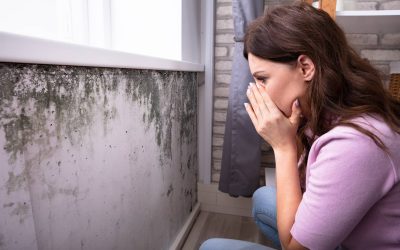Articles By Dr. Spurgeon
Notes on Writing a Mold Report – Joe Spurgeon, Ph.D.
This article contains suggestions and guidelines on writing a report following a residential inspection for mold, wildfire smoke residues, VOC’s, or other environmental contaminants. It is intended to describe general concepts and approaches to report writing that can be applied to Contaminants of Concern. The article may be most useful to those inspectors with less experience that primarily perform residential inspections. For simplicity, the book will focus on mold inspections and mold reports.
PART 1: COLLECTING ERMI* SAMPLES *[Environmental Relative Moldiness Index] Joe Spurgeon, Ph.D.
There are two broad objectives when assessing indoor mold, assessing Building-Related Contamination (BRC) and assessing Occupant Exposure Potential (OEP). Based on my experience most people collect ERMI samples because they (1) have concerns about their personal exposure to indoor mold, and (2) have been diagnosed with hypersensitivity to mold (CIRS, HERTSMI).
The Mold Inspection Process
The typical mold inspection may be thought of as consisting of three separate phases, as follows: Phase 1: an initial screening inspection to determine if evidence of a water intrusion problem can be detected (Site Inspection, Incident History, Occupant Interview, Walk-Through and Visual Inspection).
When is indoor mold a problem?
Mold is present almost everywhere in our environment. Thousands of mold species have been identified in outdoor environments, but only a relatively small number of these molds are commonly detected indoors.
Do men and women respond differently to indoor mold?
Many spouses cannot understand why their better half is spending all that money on a mold inspection or remediation. They are not affected by mold, and really can’t empathize in their spouse’s misery.


![PART 1: COLLECTING ERMI* SAMPLES *[Environmental Relative Moldiness Index] Joe Spurgeon, Ph.D.](https://expertonmold.com/wp-content/uploads/2023/08/expert-on-mold-mold-inspection-400x250.jpeg)
